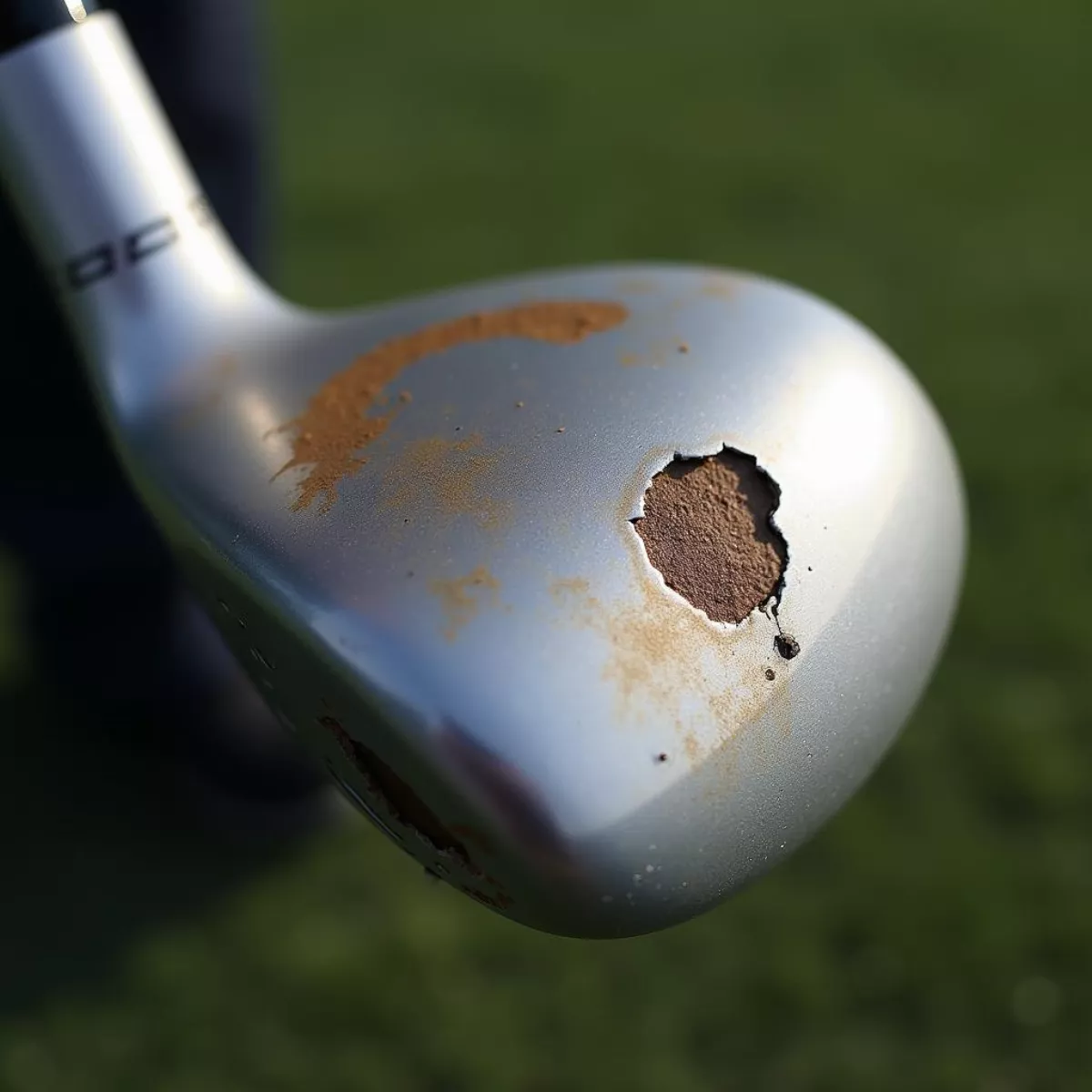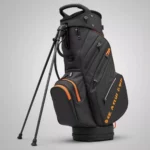Traveling with golf clubs can be a daunting task. While the anticipation of hitting the golf course in a new destination is thrilling, the fear of damaging your clubs during the journey can put a damper on the excitement. In this guide, we’ll help you protect your golf clubs when flying, provide tips on the best travel options, and make sure you can enjoy your game without worry.
Understanding the Risks of Traveling with Golf Clubs
Before we dive into the how-to’s of protecting your golf clubs, let’s first understand why these clubs require special attention during travel. Aircraft baggage handlers can be rough, and your precious golf clubs can easily fall victim to bumps, drops, and general wear and tear.
Common Risks:
- Dents and scratches on clubheads.
- Broken shafts due to impact.
- Damaged grips from moisture or pressure.
- Lost or misplaced golf bags.
Essential Tips for Safeguarding Your Clubs
To ensure your clubs arrive at your destination in pristine condition, follow these essential tips:
1. Invest in a High-Quality Golf Travel Bag
Consider using a golf travel bag designed specifically for flying. These bags often feature:
- Thick padding for additional protection.
- Locks to secure your clubs.
- Wheels for easy maneuvering.
Look for bags that offer water-resistant materials and check the reviews to gauge durability.
2. Use Headcovers
Whether you’re using a travel bag or not, utilizing headcovers for your driver and woods is a proactive way to prevent dings and scratches. These protective covers add an extra layer of cushioning while traveling.
 Golf Travel Bag with Clubs
Golf Travel Bag with Clubs
3. Remove Loose Items
Before checking your clubs, remove all loose items, including:
- Balls (they can roll around and create pressure).
- Tees and other accessories that could get lost.
- Any personal items inside the bag that may shift during travel.
4. Consider the Temperature
Extreme temperatures can affect your clubs, especially in the case of graphite shafts. If you’re traveling to a location with a significantly different climate, consider:
- Storing your clubs in climate-controlled environments when possible.
- Ensuring the travel bag is insulated if delays occur.
5. Secure Your Clubs
When placing your clubs in the travel bag, arrange them properly:
- Place the longer clubs (driver and woods) in the bag first.
- Use padding or clothing to fill gaps between clubs to prevent movement.
- Ensure the bag is tightly zipped to avoid anything falling out.
6. Check Your Airline’s Baggage Policy
Before you fly, familiarize yourself with your airline’s baggage policy regarding golf bags:
- Weight limits and potential fees for oversized baggage.
- Whether they have specific instructions for transporting sports equipment.
- Insurance options available for lost or damaged items.
 Golfer Checking Golf Bag at Airport
Golfer Checking Golf Bag at Airport
7. Consider Purchasing Travel Insurance
While this may seem like an extra step, investing in travel insurance that covers sports equipment can save you money in the long run. This is particularly useful if you are traveling frequently or carrying high-end clubs.
8. Label Your Bag
Make sure your name, phone number, and address are clearly labeled on your golf bag. This reduces the risk of losing it and makes it easier for the airline to contact you if it does get misplaced.
9. Check Your Clubs Before and After Travel
Inspect your equipment before leaving home. Check for:
- Signs of wear or damage.
- Secure grips and headcovers.
- Potential issues that may worsen during travel.
After your journey, inspect them again for any potential damage.
10. Create a Checklist
Lastly, create a checklist for packing your clubs, making it less likely that you’ll forget crucial items or steps:
- Check club condition.
- Pack headcovers.
- Remove loose items.
- Label travel bag.
- Inspect after travel.
Example Packing Checklist
| Task | Done |
|---|---|
| Inspect club condition | ✔️ |
| Pack headcovers | ✔️ |
| Remove loose items | ✔️ |
| Label travel bag | ✔️ |
| Inspect after travel | ✔️ |
Key Takeaways
- Choose a high-quality golf travel bag with ample padding.
- Use headcovers on all clubs for added protection.
- Keep your clubs organized to prevent movement during travel.
- Know airline policies to avoid unexpected fees or issues.
- Consider travel insurance for peace of mind.
 Damaged Golf Club After Travel
Damaged Golf Club After Travel
FAQ: Protecting Golf Clubs When Flying
1. How much does a good travel bag cost?
A high-quality travel bag can range from $100 to $300, depending on the brand and features.
2. Can I carry my golf clubs onto the plane?
Most airlines require golf clubs to be checked in as luggage. Always check the specific airline’s policy beforehand.
3. What should I do if my clubs are damaged?
Report the damage to the airline immediately. Fill out a claim form and document the damage with photos.
4. Do I need to take my clubs out of the bag for security checks?
Typically, you do not need to remove them, but be prepared for extra screening.
5. Are there restrictions on the types of bags I can use?
Most airlines allow standard golf travel bags, but it’s best to confirm with your airline.
6. What can I use as padding in my travel bag?
You can use clothes, towels, or specialized golf bag padding inserts to secure your clubs.
7. Should I insure my clubs?
If your clubs are expensive or you’re a frequent traveler, getting travel insurance is advisable.
8. Can I pack golf shoes in the travel bag?
Yes, as long as there is room, you can pack your golf shoes, but make sure they are clean and free of mud.
9. What is the best way to travel with premium clubs?
Using a hard case travel bag is ideal as it provides the best protection against impacts.
10. Is it necessary to clean my clubs after travel?
Yes, clean your clubs after traveling to remove dirt, moisture, and debris that may have accumulated during transit.
Conclusion
Traveling with your golf clubs can be easy and worry-free by taking a few practical steps to protect them. By investing in the right gear, knowing airline policies, and performing regular inspections, you can ensure that your beloved equipment arrives safely at your dream golf destination. Remember, the joy of playing golf in a new location is worth the effort!
With these tips in hand, you’ll be prepared to face your next golf excursion with confidence. Happy golfing!

